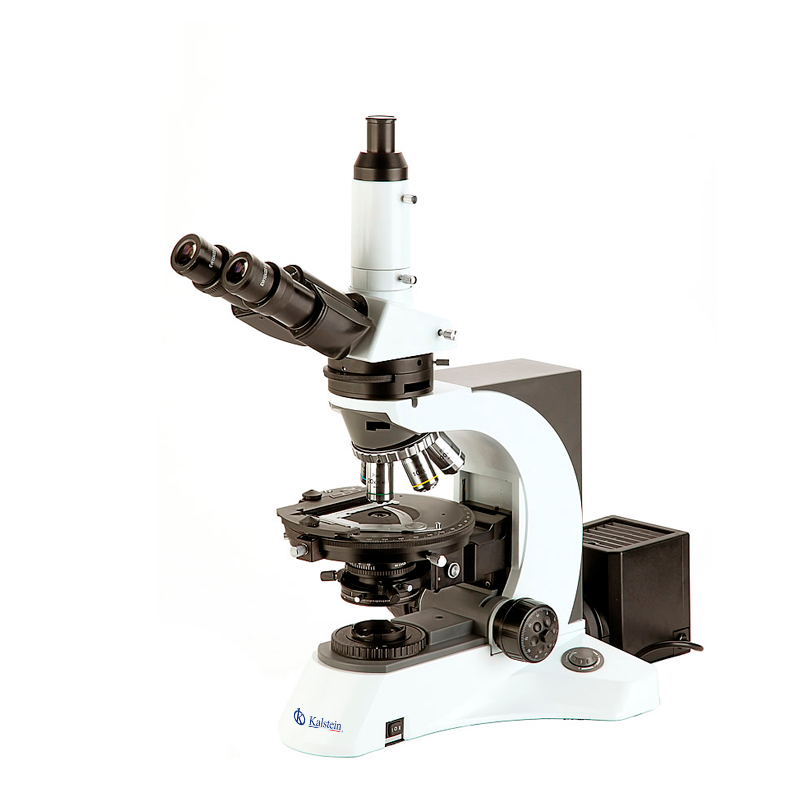Lighting is a vital component to obtain the best possible image quality with an optical microscope. The type of illumination used in a microscope varies depending on the object being viewed and the type of microscope used. There are different types of illumination for microscopes, each of which offers advantages and disadvantages.
The radiation source is a part of the fundamental equipment that provides the energy needed to study the shape and characteristics of objects. These sources emit radiation in an area of the electromagnetic spectrum and are influenced by the materials; it is through this interaction that the vision of the object is possible. These sources include LED, fluorescent, halogen, neon, and ultraviolet light.
What are the LED, fluorescent and halogen illuminations used in optical microscopes?
LED lighting is one of the most popular forms of microscope lighting. It offers a wealth of options in terms of brightness, wavelength and light color. The wavelength of LED light in particular can vary between 400-800 nanometers, which means that users can adapt it perfectly to the object being observed. LEDs are also considered a very stable and cost-effective light source. This allows users to save energy; they are also long-lasting and emit little heat when they operate.
Fluorescent lighting is another light source commonly used in optical microscopes. This form of lighting uses fluorescent lamps that usually require at least two different power connection ports. This means that a transformer will be needed to operate them, so they are not the best option if you want to minimize the space occupied by the lighting equipment. Fluorescent light is often the cheapest option available. The radiation emitted from these types of sources falls into the visible region of the spectrum.
Halogen lamps are commonly used as illumination for a microscope. These are relatively small lamps that contain a halogen gas buffer to create a comparatively bright light source. These lamps are often used for microscopes with indoor ignition lenses. They provide excellent quality white light that can be adjusted to suit different types of objects.
Neon illumination and ultraviolet radiation in optical microscopes
Neon lighting is another common option for optical microscopes. These lamps have a light wavelength of 450-490 nanometers, making them optimal for fluorescence microscopy. This means that objects are illuminated with ultraviolet light, which causes objects to become fluorescent. This light can be adjusted to better show specific characteristics of an object.
UV light is also an option for optical microscopes. This light source has a light wavelength of 240-400 nanometers, which means it is very effective at detecting tiny objects, such as bacteria. This light may require protection for users to avoid excessive exposure to ultraviolet light. As this is the case, this lighting is not recommended for general use with microscopes.
In conclusion, depending on the object to be observed, there are several different types of light to be used with optical microscopes. These include LED light, fluorescent light, halogen, neon, and ultraviolet light. Users should consider the object being looked at and the specificities of light to choose the best option. Lighting is an important element to obtain the best possible image with an optical microscope.
Kalstein lighting options for optical microscopes
Among the lighting options offered by the manufacturer Kalstein, are halogen for fluorescence observation and LED lighting. In addition, it uses the Köhler lighting system, which allows the specimen to be illuminated uniformly despite the fact that the source emits non-uniform radiation. The intensity of the radiation can be controlled for all light sources. The laboratories interested in this equipment, for consultation of prices, sale and how to make the purchase, you can check the following links HERE and HERE.

